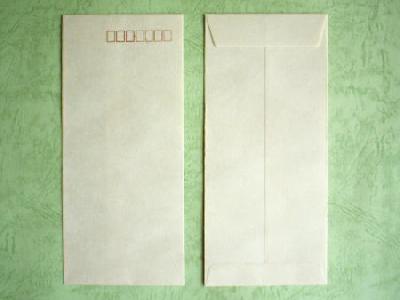|
Ainu bark-fiber is a woven cloth used for the traditional garments and costumes of the Ainu people of Hokkaido. These garments are some of the most representative and familiar forms of clothing worn by the Ainu, and are known as 'atoshi' in Ainu dialect.
Bark fiber used in this fabric is taken from the inner bark of the Manchurian elm, then woven on a loom. As cotton was more highly valued by the Ainu then, garments were considered to be more valuable when cotton was woven into cloth along with bark fiber.
Among the Ainu, the Hokkaido Ainu were the principal users of this fabric. It was worn for daily use, and was mass exported to the main island of Japan in the late 18th century due to its excellent durability and detailed weaving. Today, this fabric is still woven all over Hokkaido as a traditional handicraft.
Bark fiber used in this fabric is taken from the inner bark of the Manchurian elm, then woven on a loom. As cotton was more highly valued by the Ainu then, garments were considered to be more valuable when cotton was woven into cloth along with bark fiber.
Among the Ainu, the Hokkaido Ainu were the principal users of this fabric. It was worn for daily use, and was mass exported to the main island of Japan in the late 18th century due to its excellent durability and detailed weaving. Today, this fabric is still woven all over Hokkaido as a traditional handicraft.
| [+ADDRESS] | 
|














